British e-tailer Asos launched a new premium line, Asos Collective, expanding its menswear offerings with elevated essentials for those “looking for timeless pieces that complement their wardrobe and are made to last,” Vanessa Spence,…
Blog
-
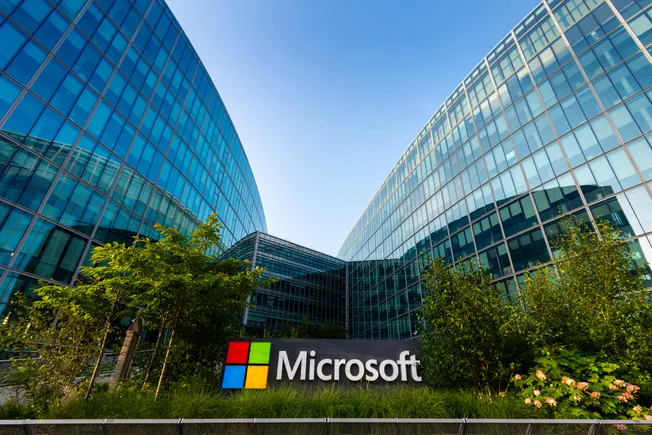
Google probes exploitation of critical Windows service CVE
Google Threat Intelligence Group is investigating a series of attacks linked to a hacker targeting a critical vulnerability in Windows Server Update Service, Cybersecurity Dive has…
Continue Reading
-

Astronomers Detect Coronal Mass Ejections from Young Sun-Like Star
Down here on Earth we don’t usually notice, but the Sun is frequently ejecting huge masses of plasma into space. These are called coronal mass ejections (CMEs). Using the NASA/ESA Hubble Space Telescope and ground-based telescopes in Japan…
Continue Reading
-

Tryptophan deficiency in breast milk may explain health challenges in children born to mothers with HIV
A new UCLA study reveals that breast milk from women living with HIV contains significantly lower levels of tryptophan, an essential amino acid likely important for infant immune function, growth, and brain development. This…
Continue Reading
-
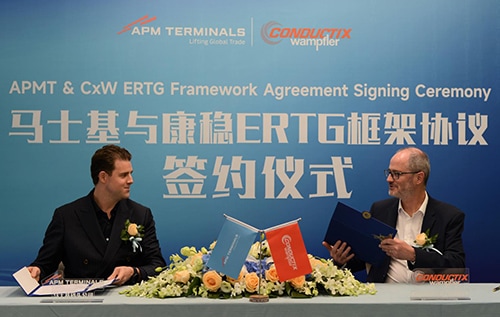
APM Terminals and Conductix-Wampfler sign third collaboration agreement
At a special ceremony on 28 October 2025, Conductix-Wampfler and APM Terminals signed a framework purchase agreement for rubber tire gantry crane (RTG) electrification products and terminal operations services.
Grant Morrison, Global Head of Asset Category Management at APM Terminals, and François Bernès, Chief Executive Officer at Conductix-Wampfler signed the agreement in Shanghai The framework agreement was signed by François Bernès, Chief Executive Officer at Conductix-Wampfler and Grant Morrison, Global Head of Asset Category Management at APM Terminals. This was conducted at Conductix-Wampfler’s regional head office in Shanghai and marks the third collaboration agreement between the two companies.
Over the past 14 years, Conductix-Wampfler has supplied APM Terminals with 413 energy supply systems for eRTGs (new and retrofitted) and 116 battery systems for its operations. The deployment of eRTGs with grid power supply or battery systems is a core initiative driving port decarbonisation. eRTGs eliminate carbon emissions at the source during yard operations, while the battery systems enable either full zero-emission operations (FE-RTG) or provide an optimal balance of reduced emissions and operational flexibility (Hybrid-RTG).
François Bernès, Chief Executive Officer at Conductix-Wampfler, said, “This renewed partnership with APM Terminals provides Conductix-Wampfler with a strategic anchor and practical platform for our long-term vision. As a strategic partner, we will continue to fully support APM Terminals in achieving its energy-saving, emissions-reduction, and carbon-neutral goals, deeply engaging in the port operator’s decarbonisation journey and contributing our expertise to drive sustainable transformation in the industry.”
As a leading global terminal operator, APM Terminals is working towards achieving net-zero greenhouse gas emissions by 2040. Shifting from fossil-fuelled equipment in its ports to battery-electric container handling equipment is the main lever for reducing its scope 1 GHG emissions. For its scope 2 emissions, the ambition is to transition to 100% renewable energy by 2030.
APM Terminals has implemented large-scale “diesel-to-electric” conversions at multiple terminals worldwide, replacing diesel-powered yard cranes with electric-powered ones to reduce emissions at the source. It also actively deploys and utilises fully electric and hybrid port handling equipment and invests in renewable energy sources such as solar power to supply electricity to its terminals.
Grant Morrison, Global Head of Asset Category Management, APM Terminals, commented, “This framework purchase agreement signifies our continued partnership with Conductix-Wampfler, which will contribute to delivering on our ambitious emissions reduction targets. We look forward to exploring more projects with Conductix-Wampfler as we work towards a more decarbonised future.”
Continue Reading
-

iOS 26.1 Brings 4 New iPhone Customization Features
Apple’s latest iOS 26.1 update is shaping up to be one of the most significant iPhone customization releases in recent memory. While iOS 26 brought the revolutionary Liquid Glass design that transformed the entire visual experience, the upcoming…
Continue Reading
-

Gotham Film Awards Nominations: ‘One Battle After Another’ Leads With a Record Six Nods – The Hollywood Reporter
- Gotham Film Awards Nominations: ‘One Battle After Another’ Leads With a Record Six Nods The Hollywood Reporter
- The 2025 Gotham Award (GOTHAM) Nominations Next Best Picture
- Gotham Nominations 2025: One Battle After Another, Adam Sandler
Continue Reading
-
Just a moment…
Just a moment… This request seems a bit unusual, so we need to confirm that you’re human. Please press and hold the button until it turns completely green. Thank you for your cooperation!
Continue Reading
-
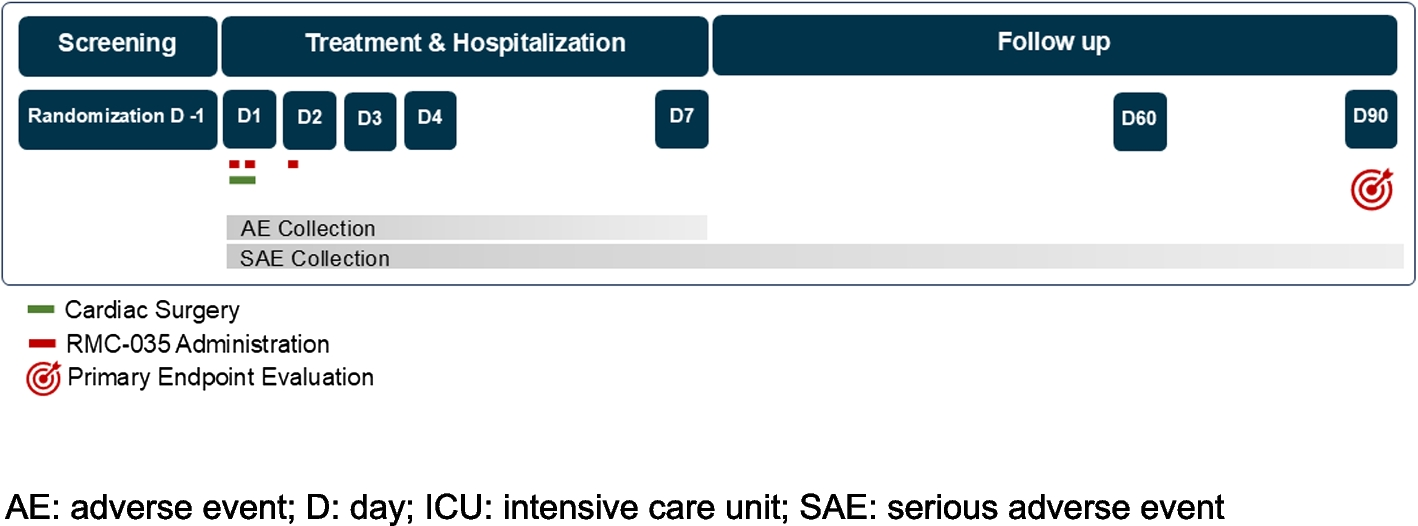
POINTER: study protocol for a phase 2b, randomised, placebo-controlled, double-blind, parallel group dose-finding clinical study to evaluate the efficacy of RMC-035 on renal function and safety, in participants at high risk for kidney injury, following open-chest cardiac surgery | Trials
Explanation for the choice of comparators {6b}
The double-blind placebo-controlled design allows for an unbiased assessment of efficacy and safety. The use of placebo is justified by the intent to assess absolute efficacy and safety of RMC-035 and…
Continue Reading
-
How Agentic AI is enabling autonomous systems to learn and grow
Learn about the difference between an AI agent and Agentic AI – and how a range of these solutions are transforming energy production.
Agentic AI heralds a new era of artificial intelligence, where AI agents are the building blocks within an ‘agentic framework’. Agentic AI is a system that knows the goal of the user and operates using real-time data to coordinate a team of AI agents to achieve that desired aim. Here, Daniela George and Sebastiano Barbarino discuss what that means in the context of energy – and how they and their human teams are advancing Agentic AI for Baker Hughes customers.
Daniela George, Strategy & Business Development Director, Industrial Solutions, Baker Hughes “When I explain agentic AI, I talk about the entirety of the framework of what it means to act autonomously – to have these artificial intelligence systems that can think for themselves and can execute different tasks with minimal training or human intervention. As opposed to more traditional AI, which has predefined rules, Agentic AI perceives that context and thinks about reasons for next steps.
Agentic AI doesn’t just follow predefined rules; it reasons, adapts, and acts toward desired outcomes, including taking actions. Agentic AI will continuously reason its way through problems in order to achieve a certain task or goal.
Cordant™ is a modular, AI-enabled industrial enterprise solution that optimizes assets, processes, and energy use at scale. Acting as a digital thread across operations, Cordant™ automates decision-making, enhances reliability, and supports sustainability — elevating operational data from plant-level tools to strategic, enterprise-wide impact.
In the context of what we do with Cordant™, Agentic AI is about helping operators of industrial facilities transform the way they work. From a Cordant™ standpoint, it’s about the operational transformation that has to happen on the autonomous workflow side. It’s about automating the daily processes that occur within a facility or a plant. It’s also about strategic agility in dashboarding, doing root-cause analysis faster, prioritizing alerts – all the things that are very manual today can have AI agents created within an Agentic AI framework that can accomplish those tasks autonomously. The result is freeing up human experts to do additional value-added tasks.
I’m on the Partnerships & Alliances team and we support the Cordant™ product and technology team by working with partners who help us identify opportunities to build these Agentic AI capabilities and ultimately achieve this transformation and agility.
Sebastiano Barbarino, Digital Production Solutions Leader, Baker Hughes Imagine each AI agent is there to automate a task that the engineers are doing. For example, the engineers sit down in the morning and see they need to fix a model – we create an agent that helps them do that. We also create an agent that follows up an engineer’s daily and weekly to-do lists. It even knows how to check for and verify impact.
From those agents and others, you create a multi-agent system, which is able to talk between the agents. This collaboration between agents enhances the large language model’s (LLM) reasoning capabilities and reduces hallucinations. Agentic AI accelerates adoption of recommendations because it mimics human interaction dynamics.
Using A2A – agent to agent – protocol, we enable multiple agents to collaborate across different technology stacks even from different vendors or created by our own customers, to make more informed decisions. Agentic AI is when you put all these agents in a single infrastructure – a Model Context Protocol – MCP – and streamline their ability to connect with external tools and data sets.
Engineered to optimize oil and gas operations through AI-driven automation, real-time data integration, and smart decision-making, the Leucipa™ automated field production solution is the industry’s leading digital production software. With seamless field data connectivity, streamlined workflows, and actionable data insights and recommendations, Leucipa allows operators to take control of their operations across artificial lift, chemical management, power systems, and reservoir performance.
The way we have been using AI in our Leucipa solution so far has been traditional AI, Machine Learning, and over the past couple of years, LLMs and GenAI like traditional chatbots but in the engineering context. Importantly, it has all been paired with our deep engineering physics. Our Leucipa Production Assistant – we call it ‘Lucy’ – has already been helping engineers make better decisions.
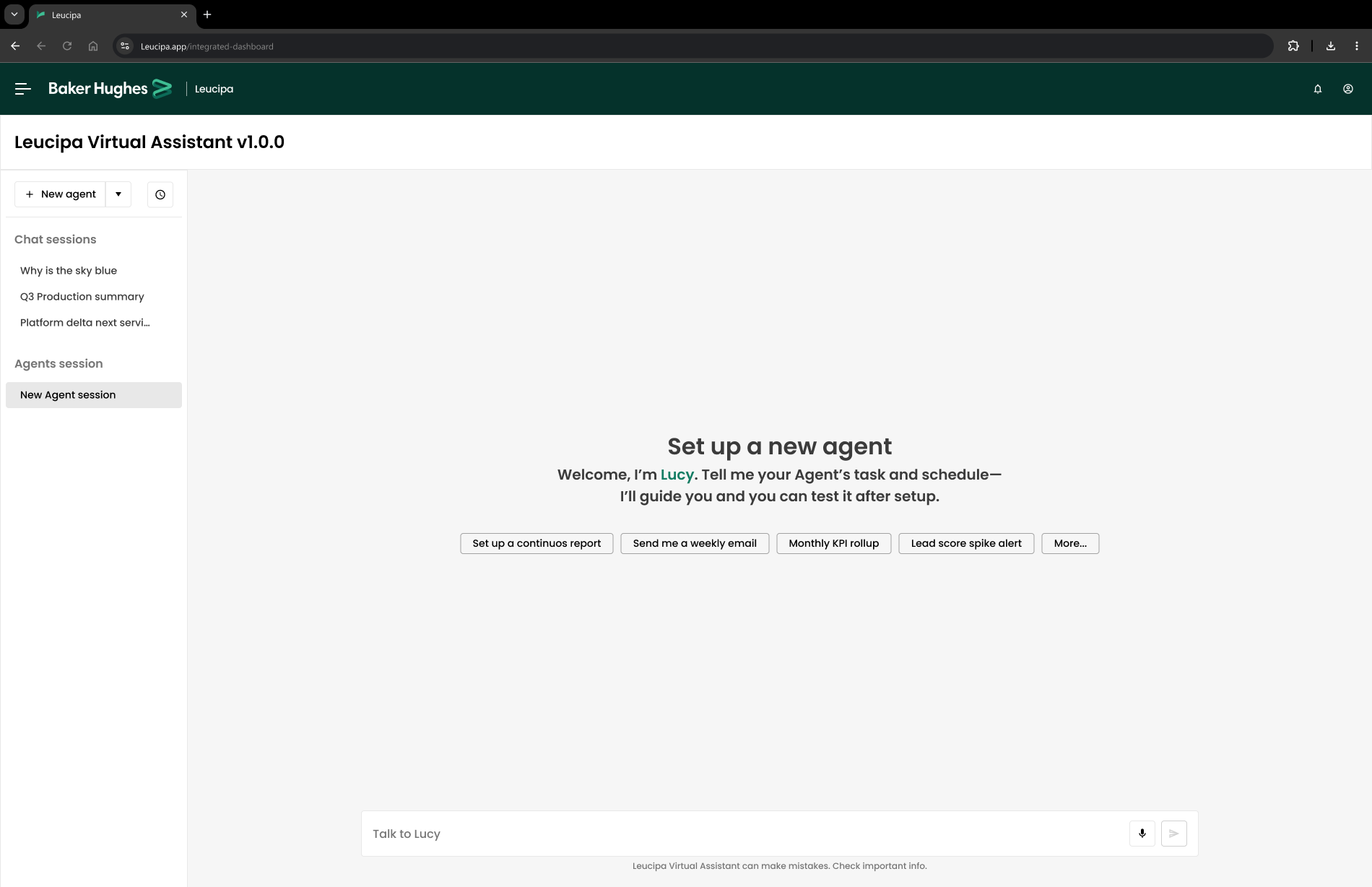
Introduction screen when setting up a new agent in the Leucipa platform Once ‘Lucy’ has made a recommendation and the human engineer has made a decision, we have now created an exception-based monitoring agent “to watch” whether the decision is leading to the expected results. For example, you have made a well intervention and you want to see if it is increasing or decreasing production. For a human to make that assessment, you would need the engineer to watch the screen constantly to monitor the production across thousands of wells.
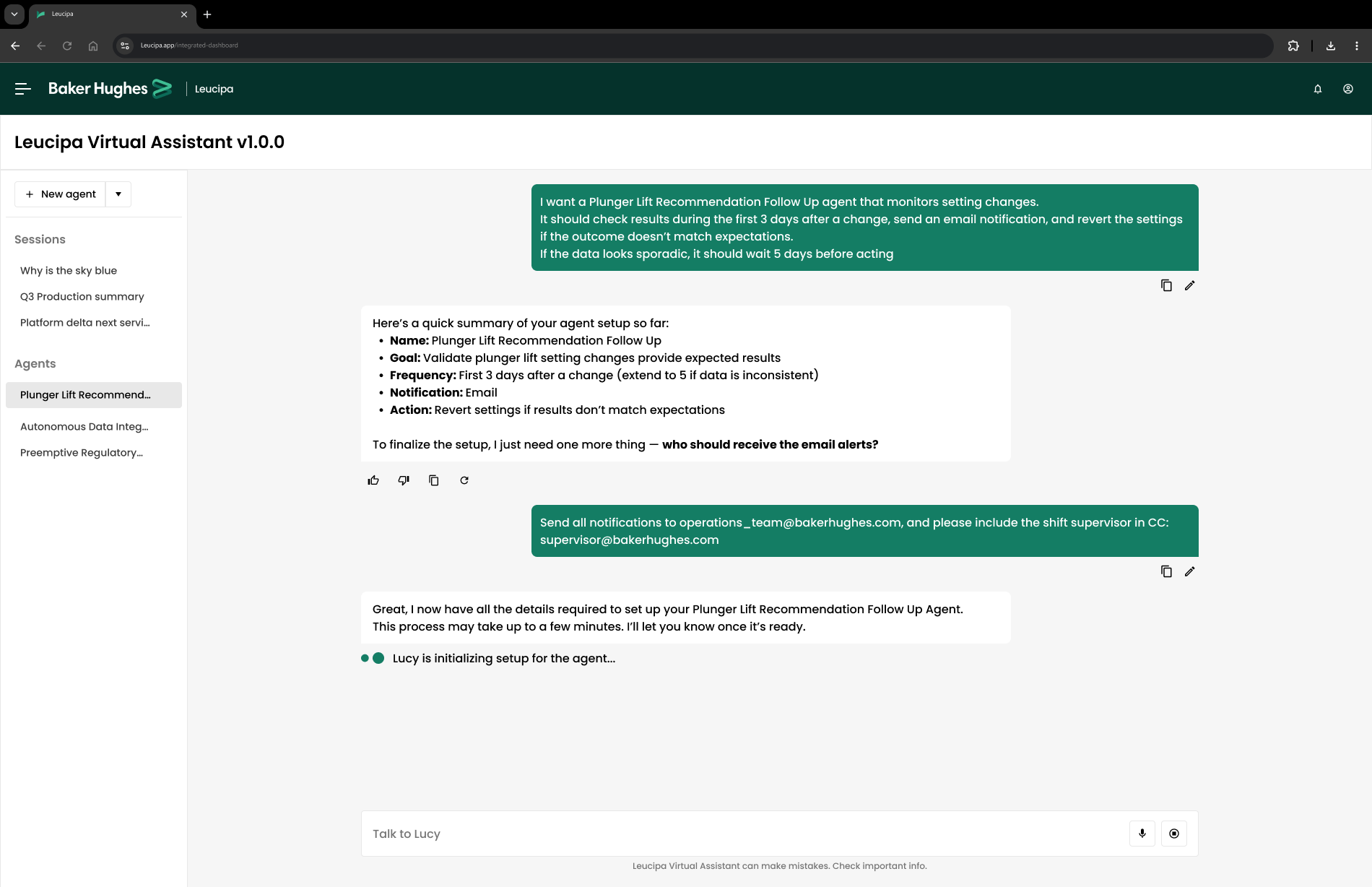
Using these GenAI agents an engineer can instruct it in natural language – across multiple languages – ‘I made this decision, and I expect this result: watch it for me’. The AI agent then runs 24/7 and comes back in due course to give the engineer recommendations on what can be done next to further optimize production. It doesn’t just show you problems, it refactors the solutions for you. One AI agent can watch thousands of wells across thousands of tasks. I can ask the same agent to check data quality across all those same wells every day.
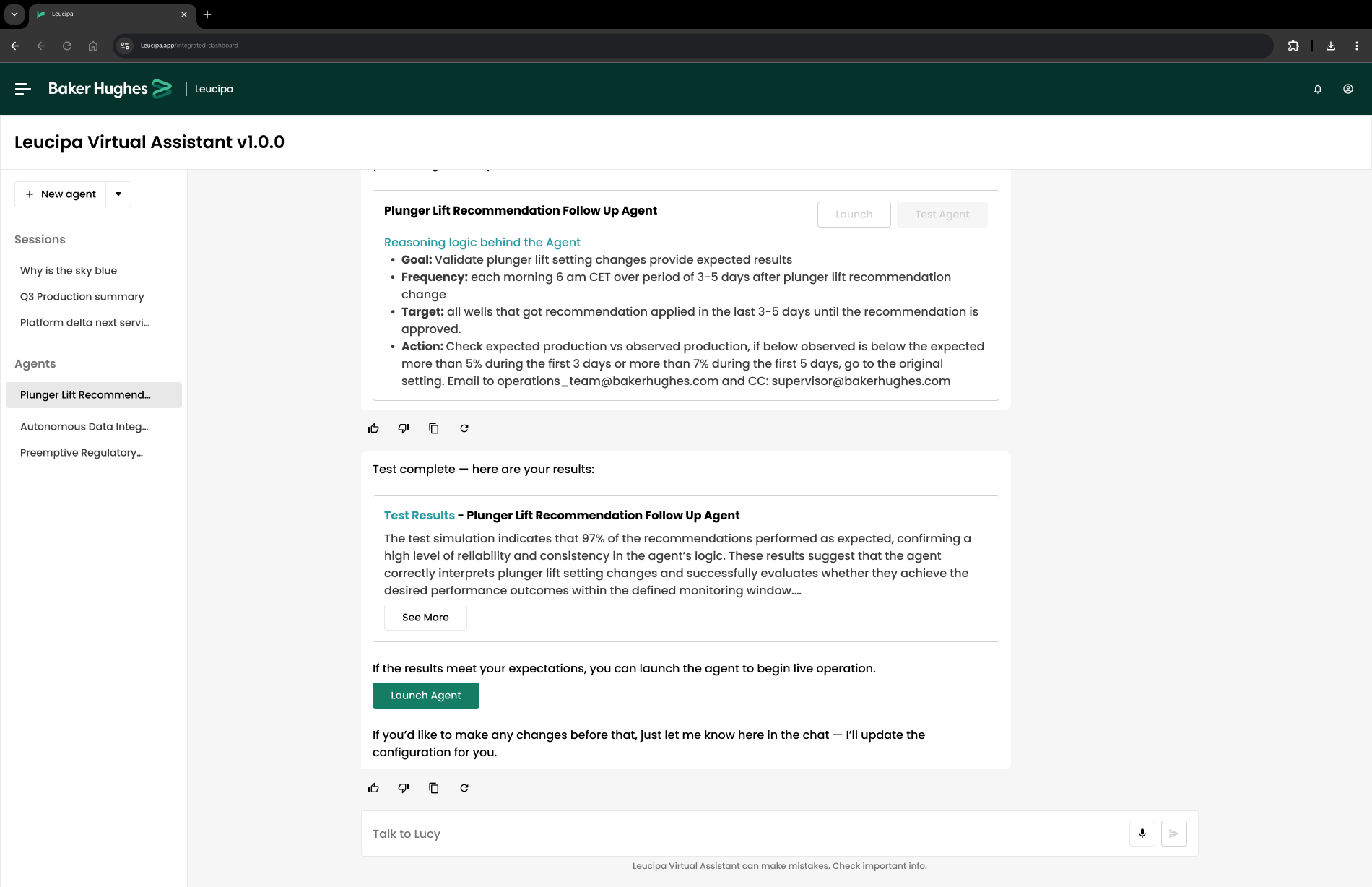
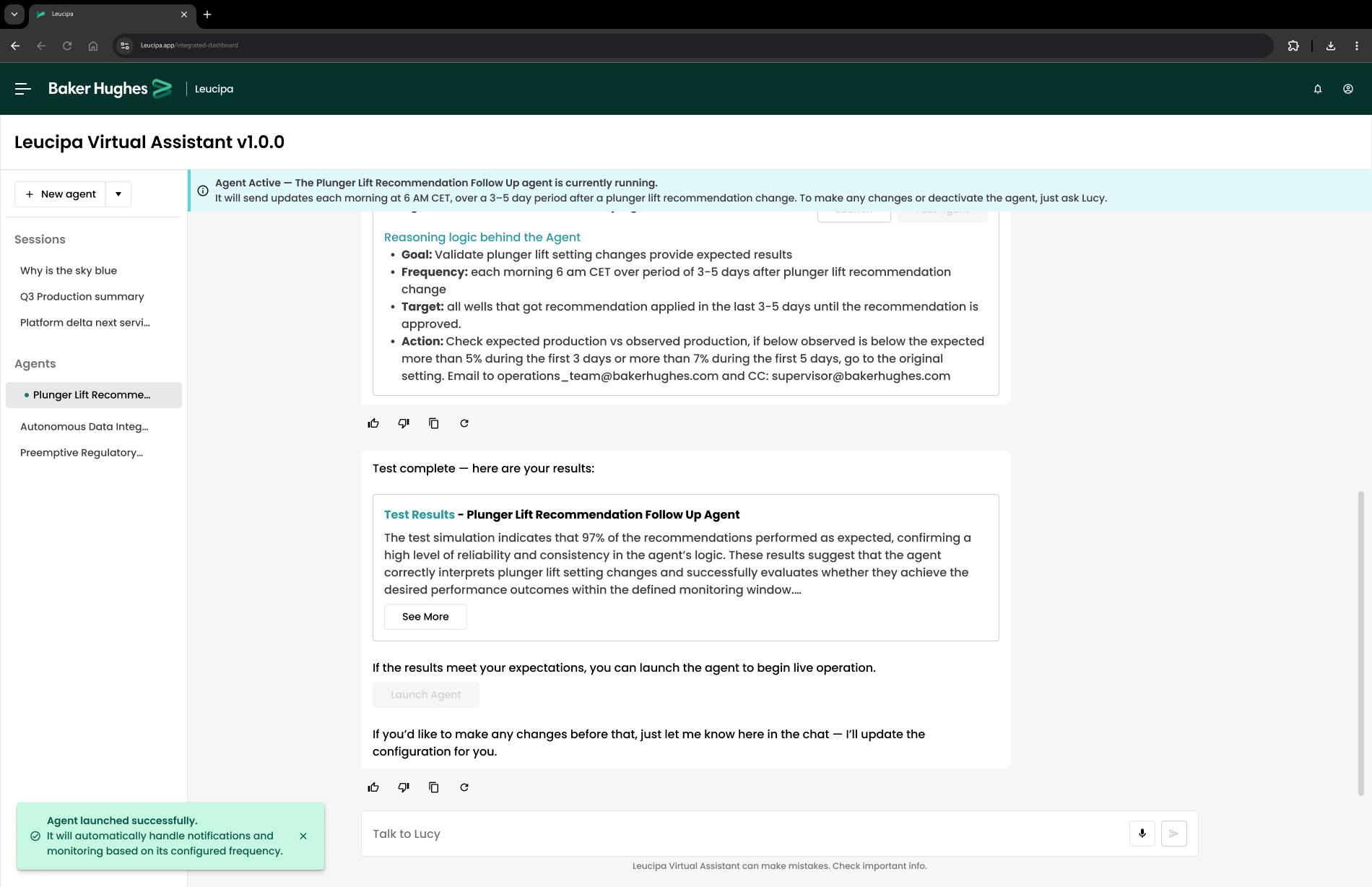
And that’s just an example of one agent. The beauty of Agentic AI is that it can bring multiple agents together to communicate and learn. This will further optimize processes in Enterprise applications via an Orchestrator agent to manage complex workflows utilizing AI agents with expertise in particular tasks or fields. The Orchestrator agent will oversee a team made up of both digital and human agents, with enhanced interoperability achieved by a new agent-to-agent communication protocol.
96% of enterprises plan to expand their use of agentic AI in the next 12 months. [cloudera.com]
By 2034, the global agentic AI market could reach $200B, with financial services leading adoption. [tradersmagazine.com]
Operational cost reductions of 30% and productivity gains of 20–60% are reported. [landbase.com]
Rather than being personalized for each customer, Agentic AI needs to be customized to each type of persona – the type of user who is engaging with it. For example, with Cordant™ it could be an operator controlling the facility, a project manager, an engineer or even someone at an executive level. Those user personas are going to be wildly different in how they utilize Cordant™ and therefore they will have different needs from Agentic AI capabilities. Depending on a particular process in a facility there could be cases where it might be customized, but the most important aspect will be aligning the Agentic AI framework with the goals of the users, which are likely to be similar across customers.
For example, let’s think about an operator with a goal of increasing the total production of a plant by 10%. Cordant™ has different pillars, such as Asset Health, Asset Strategy and Process Optimization. To manually accomplish that goal, even with some predefined traditional AI rules, would take a lot of time to analyze and iterate different scenarios.
Click on the image above to navigate the full suite of solutions
Agentic AI capability allows the system to continuously learn and adapt. If you tweak one parameter of your processing facility – perhaps you increase the runtime of a certain pump, for example to see if you can get more production for a certain period of time without impacting your asset maintenance schedule or your strategy risk. Those are the kind of things that Agentic AI capability can automatically determine for an operator, as opposed to a traditional AI method that would hit a predefined rule and have to go back to the start to reassess. I see the biggest value to a user in the way Agentic AI can interrogate multiple agents to test how to reach those goals by tweaking different parameters.
Agentic AI can make different suggestions, including based on what it’s learning from the feedback it gets from the human users as well as the other AI agents. It can suggest parameters and tweaks that perhaps an operator had previously thought were too risky. Agentic AI can bring together vast amounts of data from across its network of agents and trigger deterministic calculations within its suite of MCP tools to safely generate results and deliver the goals.
Another helpful case where Cordant™ is looking at Agentic AI as a reliability advisor where each AI agent will focus on one specific task – one for process optimization, one for asset strategy, one for asset health. Ultimately, they talk to one another to accomplish certain goals. Cordant™ allows for a plant to be interconnected in a way that has never happened before. It means you can generate more production without compromising maintenance or risking running equipment into the ground or causing other issues. All the AI agents have their expertise in each part and ultimately come together to make recommendations to transform operations from reactive to proactive through self-directed reasoning agents.
For Leucipa, we are already implementing early Agentic AI solutions with multiple customers to show the value, and it is growing very fast. The ability to use natural language – and multiple languages – will vastly change the way customers interact with our applications. They won’t need to navigate through dashboards to see KPIs and other information. Our agents will proactively tell you what the problems are and how you can fix them. It is more open and will be more efficient for our customers’ engineers – and will in turn enhance their job.
It comes back to being able to move from manual tasks to more value-added types of work. A big part of adoption will be building trust in Agentic AI systems to allow them to make some of these decisions – the management of industrial facilities and plants is very demanding. Having a technology that can be a trusted assistant to advise and give well evidenced recommendations is very important and empowering.
The challenge that any technology faces is building trust in users. If you don’t build trust, they will never use it even if they’ve bought it. That’s why Cordant™ calls our solution an advisor: we are not in the business of replacing the deep expertise that each customer has in their own company. We just want to help them make decisions faster, based on more and better data which will produce accurate evidence, diagnoses, and supporting recommendations, ultimately helping skilled engineers get to desired outcomes more quickly.
As Daniela says, it’s important to understand that this technology is not going to replace people. It is the other way around: this technology supports the engineers to make better decisions, faster and to make more decisions during the day around production optimization. That is the vision we have for Leucipa and Agentic AI. You cannot replace the engineering mind behind those decisions – the tools we are putting inside Leucipa – are not engineers. Agents are simply tools to aid better engineering decisions.
Continue Reading
